Transparency Smart

What is the difference between a regular contract and a smart contract ?
A regular contract and a smart contract differ in terms of their **nature**, **enforceability**, **cost**, **speed**, and **transparency**. Below are the key differences between these two types of contracts: ## Nature ### Regular Contract - Legal agreement between two or more parties. - Typically written in natural language (e.g., English). - Governed by local laws and regulations. ### Smart Contract - Self-executing contract with the terms directly written into code. - Deployed on a blockchain network. - Enforced by the underlying code and cryptographic protocols. ## Enforceability ### Regular Contract - Relies on legal institutions for enforcement (e.g., courts). - May involve mediation or arbitration processes. - Penalties for breach can be monetary or involve other forms of relief. ### Smart Contract - Autonomously executes when predetermined conditions are met. - Enforcement is decentralized and automated. - Penalties for breach are typically programmed into the contract logic. ## Cost ### Regular Contract - Can be costly due to legal fees, notary services, and potential litigation expenses. - Involves overhead of paper-based record keeping and manual processing. ### Smart Contract - Generally less expensive because it eliminates intermediaries. - Costs associated with blockchain transaction fees and contract deployment. ## Speed ### Regular Contract - Time-consuming process from negotiation to signing and execution. - Settlement times can vary widely depending on the complexity of the agreement. ### Smart Contract - Faster execution once the conditions are met. - Real-time settlements possible due to automation. ## Transparency ### Regular Contract - Limited transparency; only involved parties have access to the contract details. - Requires trust in the counterparty to disclose all relevant information. ### Smart Contract - High transparency; contract code and transactions are visible on the blockchain. - Trust is placed in the immutable and verifiable nature of the blockchain.

What is a smart contract ?
Smart contracts are self-executing contracts with the terms of the agreement between buyer and seller being directly written into lines of code, which exist across a distributed, decentralized blockchain network. They allow for transactions and the transfer or distribution of cryptocurrencies to be executed automatically without the need for a central authority, legal system, or external enforcement mechanism. Smart contracts are autonomous, immutable, traceable, and decentralized. They have various use cases such as cryptocurrency transactions, insurance claims, supply chain management, real estate transactions, gambling and betting, and legal documents. The benefits of smart contracts include efficiency, transparency, security, speed, and accuracy. However, there are challenges and considerations such as code quality, lack of legal recognition, interoperability issues, and privacy concerns.

What are the potential risks associated with smart contracts ?
Smart contracts revolutionize digital transactions but pose risks like code vulnerabilities, legal uncertainties, lack of human oversight, interoperability issues, and privacy concerns. Users must understand these potential pitfalls before engaging in smart contract agreements to mitigate adverse outcomes.

What are the benefits of using smart contracts ?
Benefits of Using Smart Contracts Smart contracts are self-executing contracts with the terms of the agreement between buyer and seller being directly written into lines of code. They offer a range of benefits including automation, transparency, security, efficiency, and cost savings. By automating processes and reducing the need for intermediaries, smart contracts can save time and money, as well as reduce the risk of errors or fraud. They are secured by cryptography, which makes them extremely difficult to hack or manipulate. This security feature can be particularly useful in situations where sensitive information needs to be shared between parties. Smart contracts can also lead to cost savings by reducing the need for intermediaries or third parties. As blockchain technology continues to evolve, it is likely that we will see even more innovative uses for smart contracts in the future.
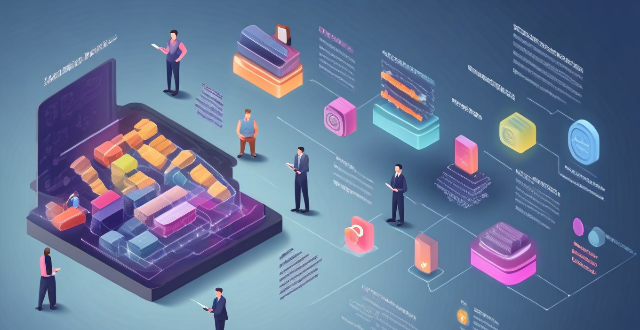
What are smart contracts in the context of blockchain ?
Smart contracts are self-executing digital agreements that operate within the blockchain, providing a decentralized and trustless system for transactions. They are created using specific programming languages and deployed onto a blockchain platform. Once conditions are met, smart contracts execute automatically, with each node verifying the process to ensure accuracy. Applications include cryptocurrencies, supply chain management, real estate, insurance, and legal agreements. However, challenges like immutability, complexity, legal standing, and privacy concerns must be addressed.

How does blockchain ensure decentralization and transparency ?
Blockchain technology ensures decentralization and transparency through a distributed ledger, consensus mechanisms like Proof of Work (PoW), Proof of Stake (PoS), and Delegated Proof of Stake (DPoS), node autonomy, immutable records via cryptographic hashing, public accessibility of the ledger, verifiable transactions using digital signatures, and smart contracts. These features create an environment resistant to manipulation and corruption, offering a paradigm shift in secure and accountable digital interactions.

How does DeFi differ from traditional finance ?
DeFi is a financial system based on blockchain technology and smart contracts, while traditional finance relies on intermediaries like banks. Key differences include centralization vs decentralization, accessibility, transparency, security, cost efficiency, and regulation. DeFi offers advantages such as wider accessibility, higher transparency, and lower fees, but also comes with risks. It's important to research and consult professionals before making financial decisions.
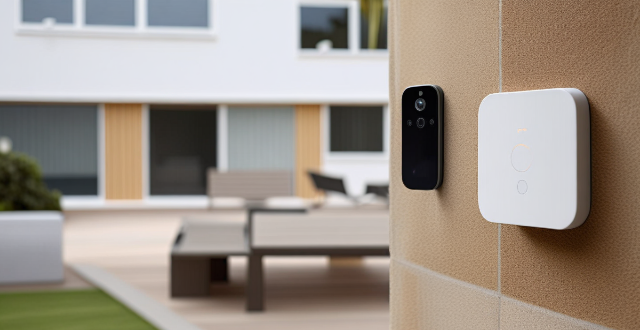
Can smart home gadgets improve security in a household ?
Smart home gadgets can enhance security in a household by offering features like automated locks, surveillance cameras, smart lighting systems, smoke and carbon monoxide detectors, and smart thermostats. These devices provide convenience, efficiency, and improved safety for homeowners.

What is the impact of smart home technology on the real estate market ?
Smart home technology has a significant impact on the real estate market by increasing home value, improving energy efficiency, enhancing security, allowing for customization and personalization, and integrating with other technologies. This makes homes equipped with smart devices more attractive to potential buyers, leading to faster sales and higher prices.

What are the most popular voice-activated smart home gadgets ?
Voice-activated smart home gadgets have become increasingly popular for their convenience. The most common ones include smart speakers like Amazon Echo, Google Nest, and Apple HomePod, which can play music, set alarms, provide weather updates, and answer questions. Smart light bulbs, such as Philips Hue, can be controlled to turn on/off, adjust brightness, and change colors using voice commands.

How does cryptocurrency work ?
Cryptocurrency is a digital or virtual currency that uses cryptography for security, operating independently of a central bank. It allows direct transfers between individuals without intermediaries like banks. Key components include cryptography (public and private keys, encryption, decryption), blockchain technology (decentralization, transparency, immutability, consensus mechanism), mining (Proof of Work, Proof of Stake, mining rewards, network security), and smart contracts (automation, efficiency, security, transparency). These technologies work together to create a secure, decentralized, and transparent digital payment system with fast, low-cost, and borderless transactions while maintaining user privacy and security.
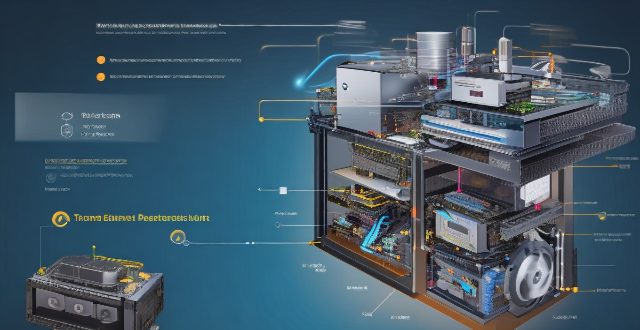
How do smart thermostats contribute to energy savings ?
Smart thermostats contribute to energy savings through automatic temperature control, energy-saving modes, learning capabilities, remote access and control, reporting and analytics, and integration with other smart devices. These features help reduce unnecessary energy usage and optimize HVAC system performance, leading to cost savings on utility bills without sacrificing comfort.
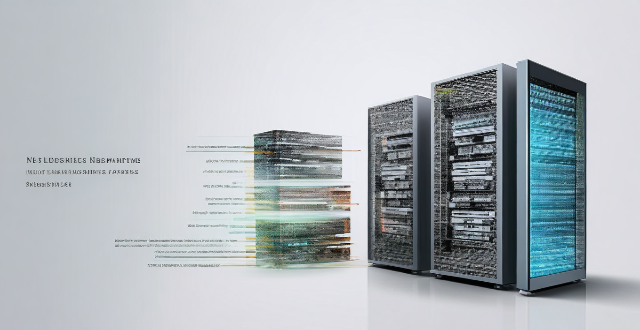
What is Smart Grid Technology ?
Smart grid technology is a modernized electrical grid infrastructure that utilizes advanced communication, control, and automation technologies to improve the efficiency, reliability, and sustainability of electricity delivery. It integrates renewable energy sources, storage devices, and intelligent monitoring systems to optimize the distribution and consumption of electricity. The key features of smart grid technology include intelligent monitoring, distributed energy resources, demand response management, electric vehicle integration, cybersecurity, and automation. The benefits of smart grid technology are improved reliability, increased efficiency, enhanced sustainability, consumer empowerment, and economic advantages.

How can smart contracts improve supply chain management ?
Smart contracts can revolutionize supply chain management by automating transactions, enhancing transparency, improving efficiency, enabling real-time tracking, and reducing risks. This decentralized and automated approach can save time, reduce costs, prevent fraud, and improve overall trust between parties in the supply chain.

How does Smart Grid Technology work ?
Smart grid technology is a modernized electrical grid that uses digital communication technologies to optimize the delivery of electricity. It integrates advanced metering infrastructure, distributed energy resources, and communication networks to detect and react to changes in the power system. The key components of smart grid technology include advanced metering infrastructure (AMI), distributed energy resources (DERs), and communication networks. The benefits of smart grid technology include improved reliability, enhanced efficiency, increased resilience, better integration of renewable energy, and consumer empowerment. By optimizing the distribution of electricity based on demand patterns and available resources, smart grids reduce energy losses and improve overall efficiency. Distributed energy resources provide backup power during outages or extreme weather events, making the grid more resilient to disruptions. With real-time access to their energy usage data, consumers can make informed decisions about their energy consumption and potentially save money on their bills.
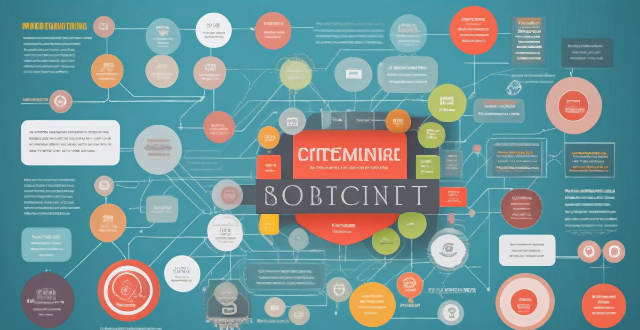
How can smart contracts be used to streamline financial transactions ?
Smart contracts can streamline financial transactions by automating processes, reducing costs, and increasing efficiency. They can automate payments and transfers, act as escrow services, create loan agreements, streamline insurance claims, and facilitate trading and exchanges of financial assets. As blockchain technology evolves, we can expect more innovative uses for smart contracts in the financial industry.

What are the benefits of Smart Grid Technology ?
Smart grid technology offers numerous benefits including improved reliability, enhanced efficiency, increased sustainability, greater transparency and control for consumers, and improved security.

In what ways is AI being integrated into smart home technology ?
The integration of AI into smart home technology is transforming our daily routines and making our lives more comfortable, convenient, and efficient. Some ways AI is being integrated into smart home technology include personalized experiences, voice assistants, security and surveillance, energy management, health monitoring, entertainment, and maintenance and repairs.

How do smart contracts work ?
Smart contracts are self-executing contracts with the terms directly written into code, operating on a decentralized blockchain network. Key features include autonomy, trustless transactions, immutability, and traceability. The working mechanism involves deployment, execution based on predefined conditions, verification through consensus algorithms, and settlement updating contract states. Benefits encompass efficiency, transparency, security, and the removal of intermediaries. Challenges include legal recognition, coding errors, and handling complex logic. Smart contracts revolutionize traditional contract law by enabling secure, automated, and transparent transactions on blockchain networks.

Can smart contracts be used in traditional businesses ?
Smart contracts, self-executing contracts with terms written into code, can be used in traditional businesses but have limitations such as legal issues and complexity. They offer advantages like transparency, efficiency, and security but also present challenges like lack of human touch and privacy concerns. Businesses should carefully consider their specific needs before adopting this technology.
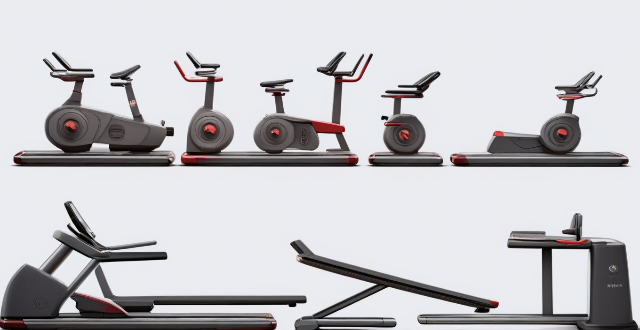
What are some examples of smart sports equipment ?
Smart sports equipment is revolutionizing physical activities by integrating technology to provide enhanced performance tracking, feedback, and engagement. Examples include wearable technology like fitness trackers and smart clothing, smart gym equipment such as connected weights and machines, interactive flooring, virtual reality and augmented reality apps, and smart balls and other sports gear. These devices are making it easier for athletes and enthusiasts to monitor their progress, optimize their training, and enjoy new levels of engagement in their chosen activities.
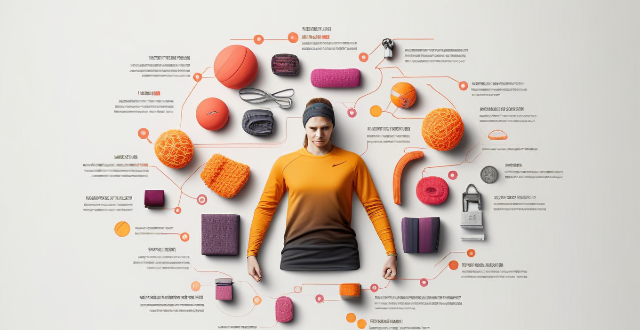
How do smart fabrics work in sports clothing ?
Smart fabrics in sports clothing incorporate conductive threads and sensors to monitor movements, vital signs, and environmental factors. They provide real-time feedback for performance enhancement and injury prevention. Features like thermoregulation and self-cleaning improve comfort and durability. Integration with devices allows for a seamless user experience, while customization options offer personalized fits and designs.

How can Smart Grid Technology improve energy efficiency ?
Smart grid technology is transforming the energy sector by integrating advanced communication technologies, automated controls, and innovative sensors to create a more efficient, reliable, and sustainable energy system. Key features of smart grid technology include Advanced Metering Infrastructure (AMI), Distributed Energy Resources (DERs), Demand Response (DR) Programs, and Electric Vehicles (EVs). The benefits of smart grid technology on energy efficiency include improved load management through peak shaving, demand side management, and dynamic pricing; increased renewable energy integration through microgrids, grid balancing, and energy storage systems; optimized transmission and distribution through self-healing networks, predictive maintenance, and reduced transmission losses; and enhanced customer engagement and participation through consumer education, incentives for energy efficiency, and community solar programs. Overall, smart grid technology offers numerous opportunities to improve energy efficiency across various sectors of the energy industry while transitioning towards a more sustainable future with reliable and efficient energy delivery for all consumers.

How does smart sportswear help in injury prevention ?
Smart sportswear is revolutionizing the way athletes and fitness enthusiasts approach their workouts by providing real-time feedback on their performance and body metrics. This technology not only enhances athletic performance but also plays a crucial role in injury prevention. Below are several ways smart sportswear contributes to reducing the risk of injuries: Monitoring biometric data, providing feedback in real-time, tracking progress over time, enhancing warm-up and cool-down routines, alerting on environmental factors, and promoting consistency and habit formation.

How do smart fabrics and materials enhance sportswear ?
Smart fabrics and materials are revolutionizing sportswear by offering enhanced performance, comfort, and functionality. They provide moisture-wicking ability, breathability, stretchability, durability, and antimicrobial properties. These features help athletes stay dry, comfortable, flexible, durable, and hygienic during intense workouts or competitions. Overall, smart fabrics and materials play a crucial role in enhancing sportswear, providing athletes with improved comfort, performance, and functionality.

How can blockchain technology be used in voting systems to ensure transparency and fairness ?
Blockchain technology, known for its role in cryptocurrencies, can enhance voting systems by ensuring transparency, security, and fairness. It provides immutable record keeping, public verifiability, and a comprehensive audit trail. Blockchain also protects voters' identities, decentralizes the voting process, and automates vote counting. Implementing this technology requires designing the blockchain infrastructure, developing a user-friendly interface, testing, pilot programs, stakeholder education, and full implementation. However, challenges such as scalability, user adoption, legal and regulatory hurdles, and technical security must be addressed.

What challenges do developing countries face in adopting climate-smart technology ?
Developing countries face challenges in adopting climate-smart technology, including lack of financial resources, limited access to technology, inadequate legal and policy frameworks, limited human capacity, insufficient infrastructure, and cultural barriers. These challenges can hinder the adoption and implementation of climate-smart technology on a large scale, limiting their ability to address climate change effectively.

How do smart grids help in achieving better energy efficiency ?
Smart grids, through their advanced digital communication technology, play a pivotal role in enhancing energy efficiency. They achieve this by optimizing power generation and distribution, managing energy consumption effectively, improving system reliability, encouraging sustainable practices, and leveraging data analytics. Features like demand response, distributed generation, smart meters, load balancing, peak shaving, self-healing capabilities, predictive maintenance, dynamic pricing, and electric vehicle integration contribute to these efficiency improvements. As we move towards a more connected future, smart grids will continue to drive efforts towards a more energy-efficient global landscape.

What are the best smart home gadgets for improving daily life ?
Smart home gadgets offer convenience and efficiency in daily life. Some of the best include smart speakers like Amazon Echo and Google Nest Audio, smart light bulbs like Philips Hue and Lifx Mini White, smart thermostats like Nest Learning Thermostat and Ecobee SmartThermostat, smart security cameras like Arlo Pro 3 and Ring Video Doorbell, smart locks like August Smart Lock and Yale Assure Lock, smart plugs and power strips like TP-Link Kasa Smart Plug and Wemo Insight Switch, and smart kitchen appliances like Instant Pot Duo and Hamilton Beach Smart Coffee Maker. Incorporating these gadgets into your home can increase convenience, improve security, and better manage energy consumption.